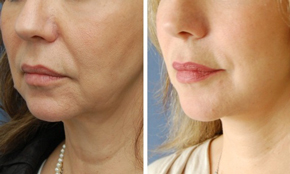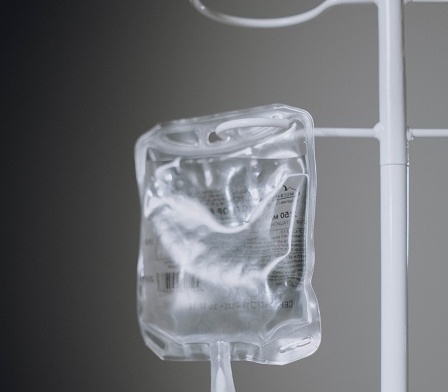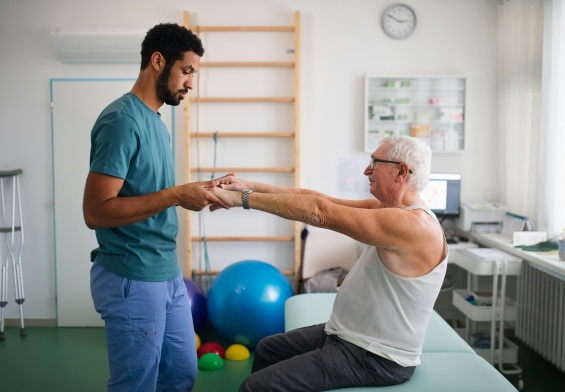Platysmaplasty, commonly known as a neck lift, stands at the forefront of cosmetic procedures designed to rejuvenate and enhance the neck’s appearance by addressing sagging skin, excess fat, and the laxity of the platysma muscle. This surgical intervention offers a pathway to a more youthful and contoured neck profile, significantly impacting an individual’s self-image and confidence. For those within in-home care settings, including elder care and senior care recipients, the prospect of undergoing such transformative procedures raises important considerations about accessibility, safety, and suitability. As cosmetic surgery continues to intersect with the broader spectrum of healthcare services, understanding platysmaplasty’s role and potential within in-home care becomes essential. This exploration seeks to demystify platysmaplasty for individuals receiving care at home, highlighting how advancements in cosmetic medicine can cater to the unique needs of this diverse patient group.
The appeal of platysmaplasty lies not only in its aesthetic benefits but also in its ability to address age-related changes that can affect one’s quality of life. However, for in-home care recipients, traditional surgical routes present challenges, from the logistics of hospital visits to the considerations of post-operative recovery in a home setting. This context necessitates a closer look at platysmaplasty, including its procedures, outcomes, and the tailored approaches required to make such treatments accessible and effective for those under in-home care. By examining platysmaplasty within the framework of in-home care, we can better understand the possibilities and limitations of integrating cosmetic surgery into comprehensive care plans, ensuring that all individuals have the opportunity to pursue their aesthetic goals safely and with the full support of their healthcare team.
The Procedure and Its Benefits
Platysmaplasty involves making small incisions under the chin or behind the ears to access the platysma muscle, which is then tightened or altered to achieve the desired neck contour. Excess skin may be removed, and liposuction may be used to eliminate unwanted fat. This procedure is particularly beneficial for addressing issues such as “turkey neck,” double chin, and sagging skin that often come with aging. For in-home care recipients, especially those who cannot easily access outpatient surgical services due to mobility or health concerns, understanding the potential benefits and limitations of platysmaplasty is essential for making informed decisions about their care and aesthetic goals.
Alternative Approaches in In-Home Care Settings
Recognizing the challenges that in-home care recipients may face in accessing surgical treatments like platysmaplasty, there are several non-surgical alternatives that can offer aesthetic improvements with minimal risk and recovery time. Treatments such as targeted exercises to strengthen neck muscles, skincare regimens to improve skin elasticity, and the use of non-invasive devices designed to tighten skin can be effective options. Additionally, consulting with healthcare professionals who can provide in-home assessments and recommendations for non-surgical interventions can ensure that care recipients receive personalized advice tailored to their specific needs and health conditions.
Adapting Cosmetic Goals to Individual Needs in In-Home Care
In the evolving landscape of in-home care, adapting cosmetic goals, including procedures like platysmaplasty, to meet the individual needs and circumstances of care recipients is paramount. This section explores the nuanced approach required to align cosmetic aspirations with the practicalities and health considerations of those receiving care at home. It underscores the importance of a customized, patient-centered strategy that respects both the desires for aesthetic enhancement and the overarching health and safety of the individual. By focusing on adaptability and personalized care, in-home care providers can navigate the complexities of incorporating cosmetic goals into their care plans, ensuring that each individual’s journey towards aesthetic improvement is both safe and fulfilling.
Personalization and Safety in Cosmetic Care
For many in-home care recipients, the desire for cosmetic improvements, such as the rejuvenation offered by platysmaplasty, must be carefully balanced with health considerations and the practical aspects of undergoing such procedures within a home setting. Personalization of care involves a thorough assessment of the individual’s health status, potential risks, and the expected recovery process, tailoring each step to accommodate the unique needs of the patient. This might include leveraging less invasive techniques that mimic the effects of platysmaplasty or introducing other non-surgical interventions that can be safely administered at home to achieve similar aesthetic outcomes.
In adapting cosmetic goals to the individual needs of in-home care recipients, the focus remains steadfast on enhancing the quality of life through personalized, compassionate care. As the field of cosmetic surgery continues to advance, so too does the opportunity to integrate these services into in-home care, offering a holistic approach that recognizes the intrinsic value of feeling confident and satisfied with one’s appearance. Through careful planning, collaboration, transportation assistance, and a commitment to patient-centered care, in-home care providers can successfully navigate the integration of cosmetic goals into their care practices, enriching the lives of those they serve with the transformative power of aesthetic enhancement.




